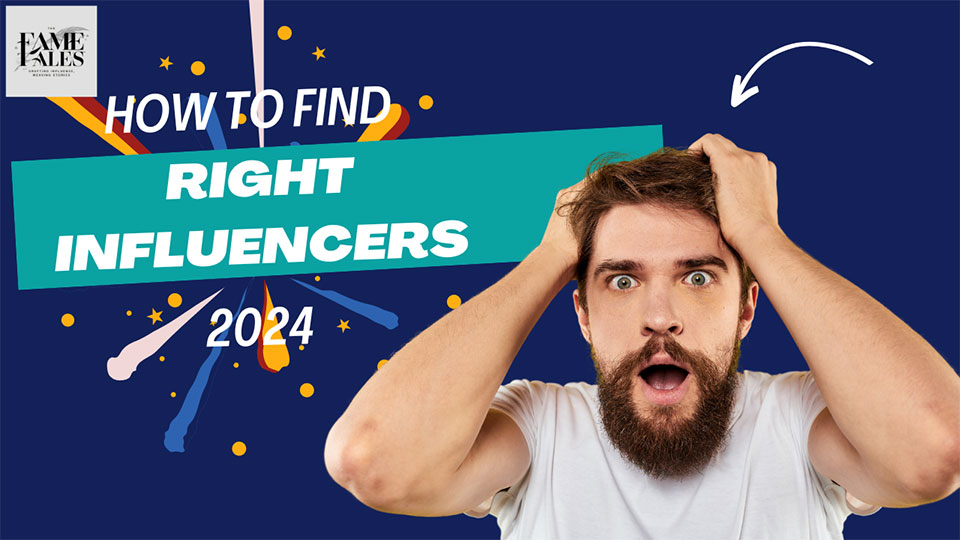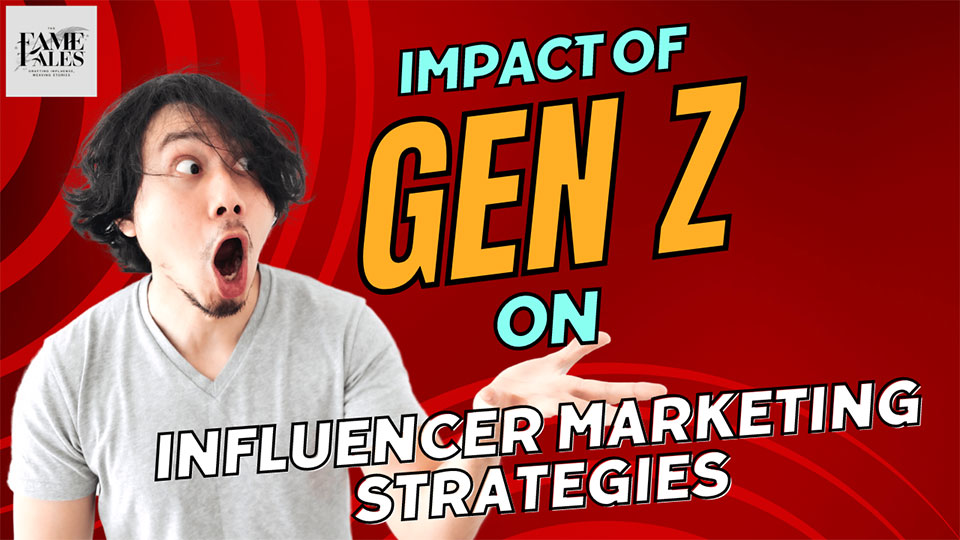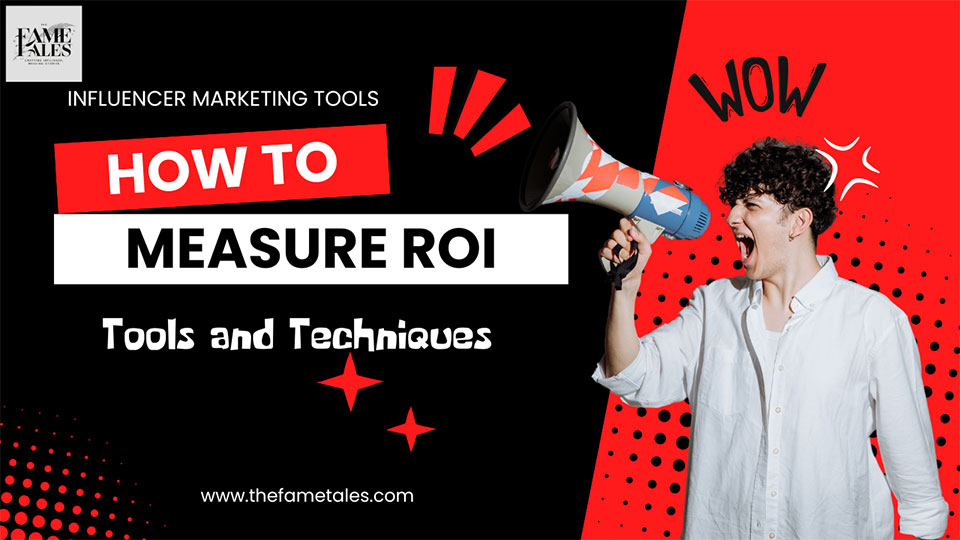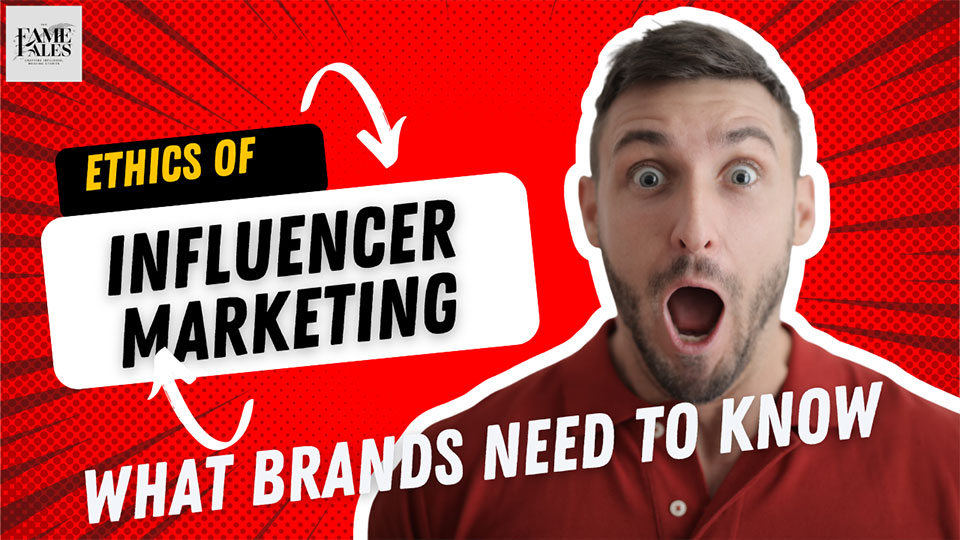How to Find the Right Influencers for Your Brand in 2024

Introduction
In 2024, the landscape of influencer marketing continues to evolve rapidly, making it more crucial than ever for brands to collaborate with the right influencers. Choosing the perfect influencer can significantly amplify your brand's reach, credibility, and engagement. This blog explores effective strategies and tips for finding the right influencers for your brand, ensuring you make informed decisions that lead to successful marketing campaigns.
Understanding Influencer Marketing
Before diving into the process of finding the right influencers, it's essential to understand what influencer marketing entails. Influencer marketing involves partnering with individuals who have a strong online presence and influence over a specific audience. These influencers promote your products or services, leveraging their credibility and following to enhance your brand's visibility and credibility.
The Importance of Choosing the Right Influencer
Choosing the right influencer is critical to the success of your influencer marketing strategy. A well-matched influencer can:
- Increase Brand Awareness: Reach a broader audience and introduce your brand to potential customers.
- Enhance Credibility: Build trust and credibility through authentic endorsements.
- Drive Engagement: Boost engagement rates through interactive and relatable content.
- Improve Conversion Rates: Influence purchasing decisions, leading to higher conversion rates and sales.
Steps to Finding the Right Influencers
1. Define Your Goals and Objectives
The first step in finding the right influencers is to clearly define your marketing goals and objectives. These might include increasing brand awareness, driving website traffic, boosting sales, or enhancing social media engagement. Having a clear understanding of your goals will guide you in identifying influencers who can help achieve these objectives.
2. Identify Your Target Audience
Understanding your target audience is crucial for selecting influencers who resonate with your potential customers. Consider the following aspects:
- Demographics: Age, gender, location, and other relevant demographic information.
- Interests and Preferences: Hobbies, interests, and preferences that align with your brand.
- Behavioral Insights: Online behavior, purchasing habits, and engagement patterns.
3. Research and Vet Potential Influencers
Once you have a clear picture of your goals and target audience, start researching potential influencers. Use tools like influencer marketing platforms, social media analytics, and industry reports to identify influencers who match your criteria. Consider the following factors during your vetting process:
- Relevance: Ensure the influencer's content and values align with your brand.
- Reach: Evaluate the size and demographics of the influencer's audience.
- Engagement: Analyze the influencer's engagement rates, including likes, comments, shares, and overall interaction.
- Authenticity: Assess the authenticity of the influencer's content and their relationship with followers.
4. Analyze Influencer Metrics
Delve deeper into the metrics to ensure the influencer is a good fit for your brand. Key metrics to consider include:
- Follower Count: While not the only metric, a substantial follower count can indicate an influencer's reach.
- Engagement Rate: A high engagement rate signifies an active and interested audience. Calculate this by dividing the total engagement (likes, comments, shares) by the total number of followers.
- Content Quality: Review the quality, consistency, and creativity of the influencer's content.
- Audience Demographics: Ensure the influencer's audience matches your target demographic.
5. Assess Past Collaborations and Performance
Review the influencer's past collaborations to gauge their effectiveness and professionalism. Look for:
- Brand Synergy: Evaluate how well the influencer's past partnerships align with their content and values.
- Campaign Results: Analyze the outcomes of previous campaigns, including reach, engagement, and conversion rates.
- Feedback and Reviews: Seek feedback from brands that have previously worked with the influencer to understand their experiences.
6. Engage and Build Relationships
Once you've shortlisted potential influencers, engage with them to build a rapport. This step is crucial for ensuring a smooth collaboration. Consider the following:
- Personalized Outreach: Send a personalized message explaining why you think they are a good fit for your brand.
- Clear Communication: Discuss your goals, expectations, and campaign details clearly.
- Mutual Benefit: Emphasize how the collaboration will benefit both the brand and the influencer.
7. Negotiate Terms and Conditions
After establishing a connection, negotiate the terms and conditions of the partnership. Key points to cover include:
- Compensation: Agree on the compensation, whether it's a flat fee, commission, or product exchange.
- Deliverables: Define the scope of work, including the type and number of posts, platforms, and timelines.
- Usage Rights: Clarify the usage rights for the content created during the campaign.
- Performance Metrics: Set performance metrics and KPIs to measure the campaign's success.
8. Monitor and Measure Performance
Once the campaign is live, continuously monitor and measure its performance. Use analytics tools to track key metrics such as:
- Engagement Rates: Likes, comments, shares, and overall interaction.
- Reach and Impressions: The total number of unique users who viewed the content.
- Traffic and Conversions: Website traffic and conversion rates driven by the influencer's content.
- Sentiment Analysis: The overall sentiment and feedback from the audience regarding the campaign.
Benefits of Choosing the Right Influencer
Increased Brand Visibility
Partnering with the right influencer can significantly increase your brand's visibility. Influencers have loyal followers who trust their recommendations, allowing your brand to reach a wider and more engaged audience.
Enhanced Credibility and Trust
An influencer who aligns with your brand values can enhance your brand's credibility and trustworthiness. Authentic endorsements from a trusted influencer can sway consumer perceptions and foster brand loyalty.
Higher Engagement Rates
The right influencer can drive higher engagement rates through compelling and relatable content. This increased interaction can lead to greater brand awareness and stronger connections with your audience.
Improved ROI
A well-executed influencer marketing campaign can yield a high return on investment (ROI). By targeting the right audience with the right influencer, you can achieve your marketing goals more effectively and efficiently.
Access to New Audiences
Collaborating with influencers allows your brand to tap into new and diverse audiences. This exposure can help you reach potential customers who may not have been aware of your brand previously.
Conclusion
Finding the right influencers for your brand in 2024 requires a strategic approach and thorough research. By defining your goals, understanding your target audience, and vetting potential influencers based on relevance, engagement, and authenticity, you can make informed decisions that drive successful marketing campaigns.
In the ever-evolving world of influencer marketing, staying ahead of trends and leveraging the right partnerships is crucial. By following the steps outlined in this blog, you can ensure that your influencer marketing strategy is effective, impactful, and aligned with your brand's objectives.
Remember, the key to successful influencer marketing lies in building authentic relationships with influencers who genuinely resonate with your brand and audience. With the right approach, you can harness the power of influencer marketing to achieve remarkable results and propel your brand to new heights in 2024.
Other Blog
- Influencer Marketing for Small Businesses: Tips and Tricks
- The Impact of Gen Z on Influencer Marketing Strategies
- How to Find the Right Influencers for Your Brand in 2024
- The Rise of Micro-Influencers in 2024: Why Smaller is Bigger
- How to Measure ROI in Influencer Marketing: Tools and Techniques
- The Benefits of Long-Term Influencer Partnerships
- How to Use Influencer Marketing for Product Launches
- The Ethics of Influencer Marketing: What Brands Need to Know
- How to Avoid Common Pitfalls in Influencer Marketing Campaigns
- The Future of Influencer Marketing: Predictions for the Next 5 Years
Related Blogs

Influencer Marketing for Small Businesses: Tips and Tricks

The Impact of Gen Z on Influencer Marketing Strategies

How to Find the Right Influencers for Your Brand in 2024

The Rise of Micro-Influencers in 2024: Why Smaller is Bigger

How to Measure ROI in Influencer Marketing: Tools and Techniques

The Benefits of Long-Term Influencer Partnerships

How to Use Influencer Marketing for Product Launches

The Ethics of Influencer Marketing: What Brands Need to Know

How to Avoid Common Pitfalls in Influencer Marketing Campaigns

